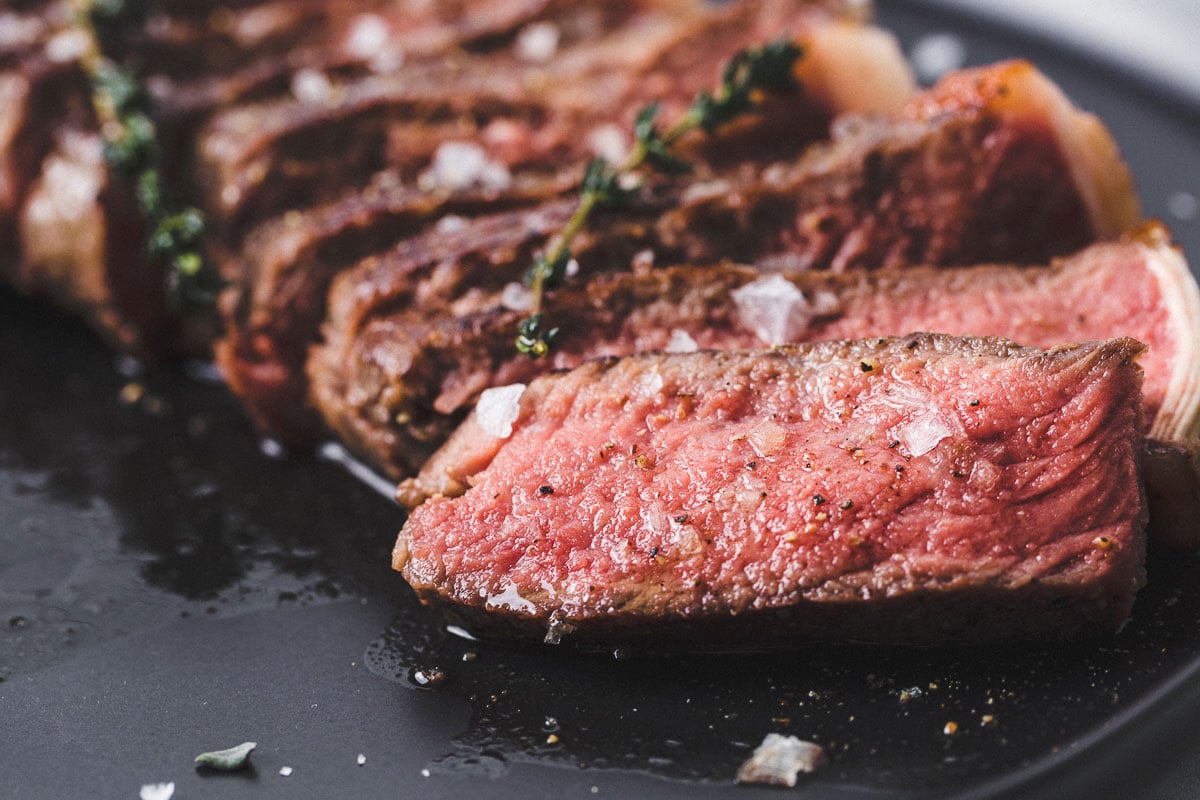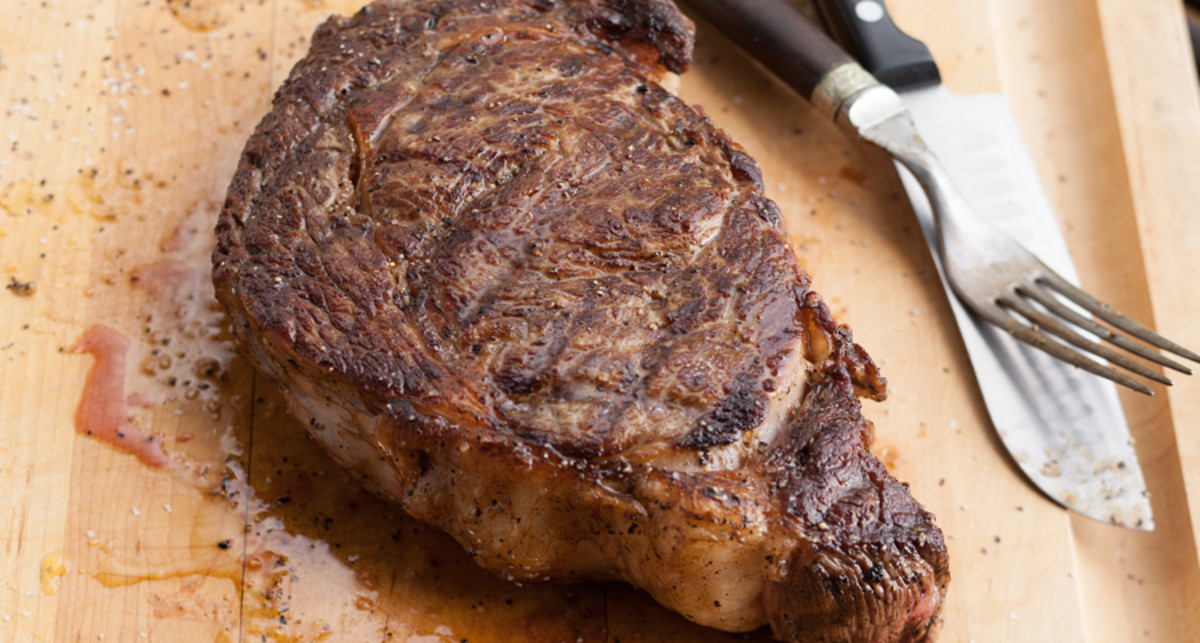The Ultimate Guide on How to Cook Japanese Wagyu Steak to Perfection
Written By James Morgan
Cooking the perfect steak is an art form and when it comes to the exquisite flavors and unmatched tenderness of Japanese Wagyu beef, it can feel like an intimidating task for even the most seasoned chefs. To set your culinary fears aside, this guide will present you with comprehensive insights on how to cook Japanese Wagyu steak ensuring you impress your family and friends during the next cookout. Japanese Wagyu, celebrated for its intense marbling and melt-in-your-mouth texture, deserves your utmost attention and love. With the right techniques and equipment, you can elevate your steak to a gourmet experience that rivals any restaurant.

The Allure of Japanese Wagyu
Japanese Wagyu steak isn't just another type of meat; it's a luxurious experience. What sets Wagyu apart from its counterparts is the significant amount of intramuscular fat, known as marbling, which enhances the flavor and tenderness of each bite. This marbleization is attributed to the specific genetics of the cows, their feeding practices, and the environment in which they're raised. Whether you are a connoisseur of fine dining or simply enjoy grilled meats, understanding the nuances of Wagyu can help make your cooking experience even more rewarding.
When considering how to cook Japanese Wagyu steak, remember that simplicity is key to respecting the premium quality of the meat. Overcomplicating justice to the Wagyu can hide its delightful flavors. Patience and attention to detail are crucial: let the steak come to room temperature, season simply with salt, and use appropriate cooking techniques.

Essential Cookware for Cooking Japanese Wagyu Steak
Before diving into the steps of cooking, it's important to equip yourself with the right tools. The selection of cookware plays a significant role in the outcome of your steak. Here are some essentials:
- Griddler: A versatile griddler can help achieve the perfect sear on your Wagyu, ensuring that every bite is tender and juicy. It gives you the flexibility to adjust the temperature as necessary, making it easier to control during the cooking process.
- Knife: A quality knife is critical for slicing and serving your Wagyu steak. It allows for clean cuts, showcasing the stunning marbling that this premium beef has to offer.
- Cutting Board: A sturdy cutting board is essential for preparing the steak. It provides a safe space for slicing and ensures that the meat does not slide around while cutting.

Steps to Prepare and Cook Japanese Wagyu Steak
1. Selecting Your Wagyu Steak
When youre buying Japanese Wagyu, not all cuts are created equal. The most popular cuts include ribeye, fillet mignon, and sirloin. Look for pieces with abundant marbling and a reddish-pink hue. Some of the top grades of Wagyu beef include A5, A4, and A3, with A5 being the highest quality. Shopping from reputable butchers or specialized online meat markets may offer you the best options in terms of quality.
2. Bringing the Steak to Room Temperature
Before you get cooking, its important to bring your steak to room temperature. This process ensures that the steak cooks evenly. Take it out of the fridge at least 30 minutes prior to cooking, giving it ample time to rest at room temperature.
3. Seasoning the Steak
While the natural flavor of Wagyu is rich and robust, seasoning is still a vital step. A simple sprinkle of high-quality sea salt is often sufficient. Avoid overpowering the delicate flavors with extensive herbs and spices; less is more when it comes to seasoning Wagyu.
4. Preparing Your Cookware
Whether you're using a griddler or a cast-iron skillet, you want to make sure your cookware is hot. Start by preheating the griddler on high heat. You can test the heat by placing a drop of water on the surface; it should sizzle and evaporate immediately.
5. Cooking Techniques to Consider
There are various methods to cook a Wagyu steak, but searing is the most common. To achieve a medium-rare result, cook your steak for about 2 to 3 minutes on each side, allowing for a perfect crust while keeping the inside juicy. For every additional degree of doneness, adjust your cooking time by one extra minute. Use a meat thermometer to gauge the internal temperature, aiming for about 130F for medium-rare.
6. Letting it Rest
Resting your Wagyu steak post-cooking is essential to retaining its juices. An ideal resting period would be 5 to 10 minutes under loosely placed aluminum foil. This will allow the juices to redistribute throughout the meat, ensuring that every slice is flavorful.
7. Slicing and Serving the Steak
Once rested, use your sharp knife to slice against the grain for ultimate tenderness. Serving Wagyu steak can be quite simple yet elegant; consider plate presentation and perhaps side dishes like roasted vegetables or creamy mashed potatoes. Pair with a full-bodied red wine for a truly upscale dining experience.
Cleaning Your Cookware
Ensuring your cookware is well maintained is crucial for its longevity. After cooking, use a reputable cookware cleaner to finally give your griddler the proper care it deserves. It will aid in removing any stubborn residues while also helping to maintain the finish. Remember to also treat your wooden cutting board with cutting board oil for added protection, preventing it from drying and cracking after use.
Conclusion
In conclusion, learning how to cook Japanese Wagyu steak is more than just another cooking trend; it's about enjoying the luxurious flavors and textures that this beef variety brings to the table. With the right techniques and tools, you can showcase the greatness of Wagyu, making your dining experience truly memorable. So go ahead, fire up that griddler, and indulge in the rich tradition of Japanese cooking by crafting your very own steak masterpiece.
As an Amazon Associate, I earn from qualifying purchases.



